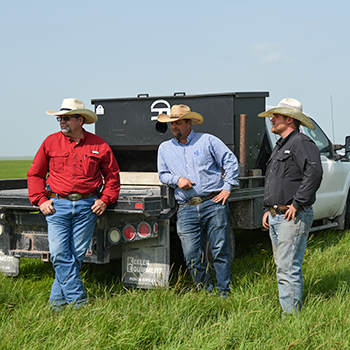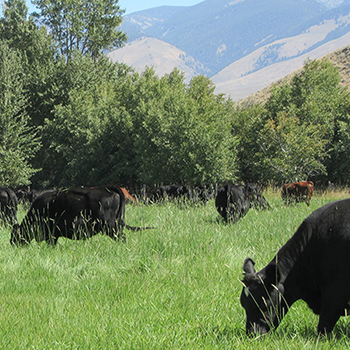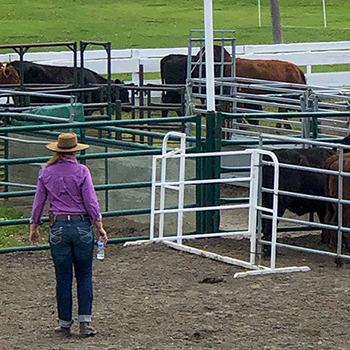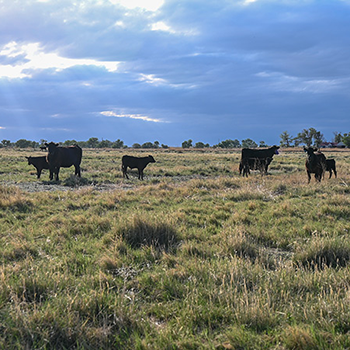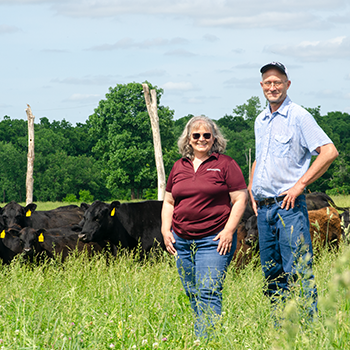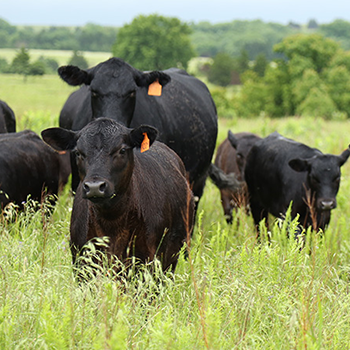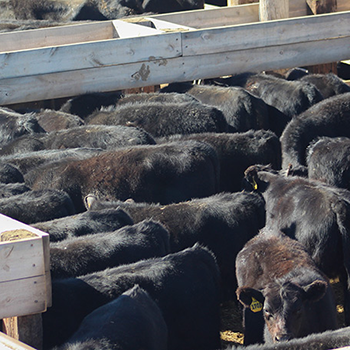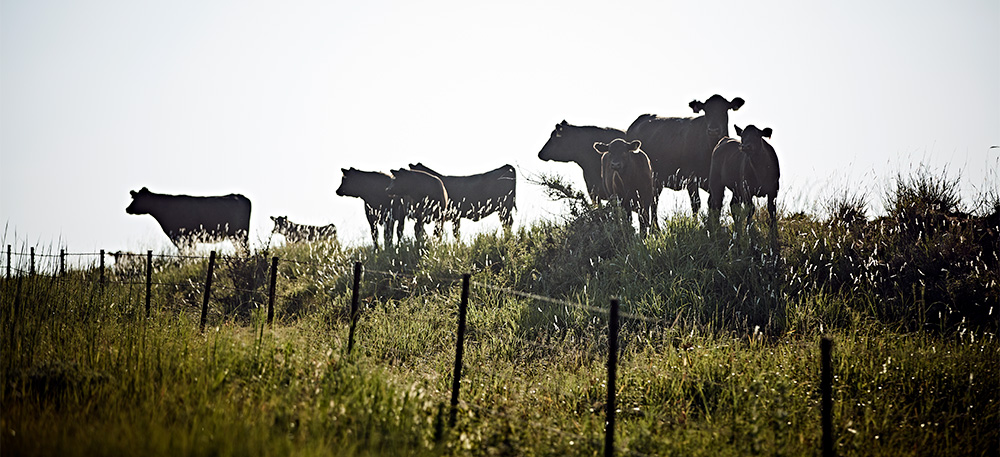
A Proactive Approach to Deworming
Consider your deworming goals and refresh your practices if needed.
“It’s important to recognize that producers are doing so many things right,” says Dan Cummings, professional service veterinarian with Boehringer Ingelheim. “A sustainable approach to deworming isn’t about correcting wrongs. It’s really about stewardship and building toward a sustainable future.”
Updating your deworming protocol could help combat parasite resistance and set your operation up for long-term success. Cummings shares four pillars of a proactive approach.
Pillar one: Diagnostics
Routine diagnostic testing is an essential part of parasite control. Diagnostics can be used to monitor the efficacy of products, assess herd health and determine the presence of resistant parasites.
“Diagnostics are critical to understanding what products and protocols work for your individual farm,” stresses Cummings. “The use of testing allows producers to ensure the best possible approach moving forward.”
Cummings recommends speaking with a veterinarian about fecal egg count reduction testing (FECRT) as part of a diagnostic strategy.
Pillar two: Combination treatment
All commercially available dewormers control parasites. Where they differ is the spectrum of parasites covered, as well as the duration of their ability to control parasites.
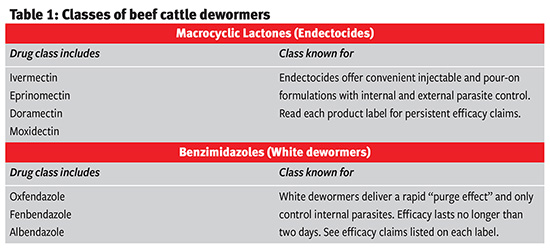
Click here for a larger image. |
Commonly used cattle dewormers can be divided into two categories, depending on their chemical structure: benzimidazoles (white dewormers) and macrocyclic lactones (endectocides). Combination treatment is an approach that requires using dewormers from each category.
“Using the same product over and over again can open the door for more parasites to survive,” explains Cummings. “Using a white dewormer and an endectocide targets the parasites in different ways and could potentially reduce the amount of parasite survivors.”
Pillar three: Refugia
“The simplest way to think about refugia is to start with the root word, refuge,” says Cummings. “The goal is to create a population of parasites that are in ‘refuge’ from the drug.”
Refugia is recognized as one of the most important factors in delaying the onset of parasite resistance. The idea is to have a population of parasites that are not exposed to selection pressure. This is accomplished by selectively choosing not to deworm a percentage of your herd. Consult a veterinarian for help in determining the appropriate number of animals to leave untreated.
Pillar four: Pasture management
Good management practices are key to slowing the development of antiparasitic resistance in livestock and can help to ensure current treatment options remain effective.
Limiting overgrazing, maintaining appropriate forage heights, and rotating pastures are all ways to reduce parasite loads in your pastures and to limit the number of infective parasite larvae ingested by cattle.
“Pasture management is crucial,” expresses Cummings. “We’ve learned that most infective larvae are found in the bottom 2 inches of pasture. If cattle are allowed to overgraze, parasite transmission increases due to the likelihood of ingesting infective larvae because they’re grazing lower to the ground.”
Fall poses its own parasite problems, and it’s never too early to plan for spring parasite season. It’s the perfect time to consider your deworming goals and refresh your practices if needed.
“Implementing these four strategies could help to maximize productivity in your herd, reduce the risk of parasite resistance, and, ultimately, contribute to a sustainable future for our industry,” concludes Cummings.
Editor’s note: This article and photo are from provided by Boehringer Ingelheim.
